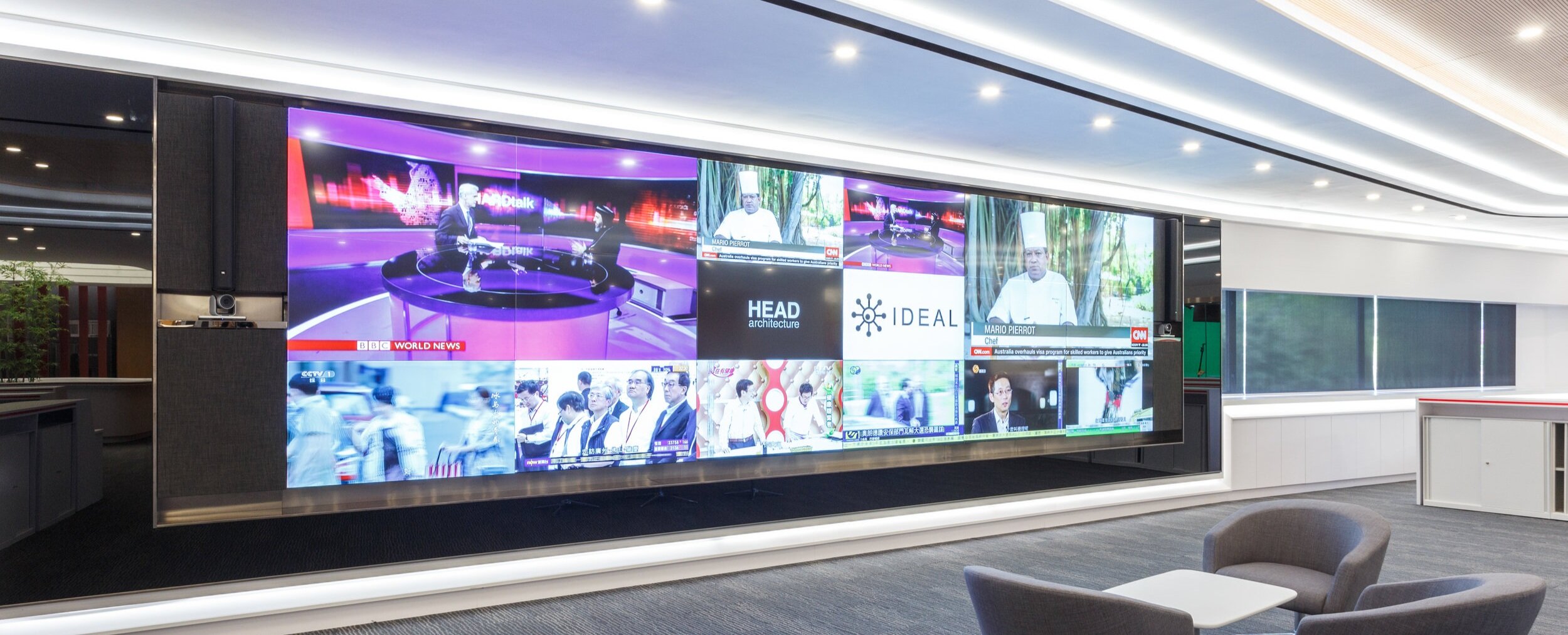Investigating the Durability of Light Emitting Diode Wall Screens in Comparison to Conventional Display Methods
Investigating the Durability of Light Emitting Diode Wall Screens in Comparison to Conventional Display Methods
Blog Article
Light-emitting diode wall panels have grown progressively popular in recent times, particularly in environments like schools, businesses, and community areas. These panels use light-emitting diodes (LEDs) to produce vivid and lively images. One of the most significant advantages of LED innovation is its durability in contrast to traditional screen methods, such as CRT ray monitors (CRTs) and liquid display screens. Grasping the distinctions in lifespan and performance between these technologies can assist buyers make knowledgeable choices about their display needs.
Classic screen methods, like CRTs, have been around for numerous years. They were commonly used in TVs and computer monitors. However, CRTs have a limited lifespan, generally lasting around 10,000 to 20,000 hours of operation. This means that after a few years, users may notice a deterioration in picture clarity, such as fading or color deformation. In comparison, LED wall screens can last considerably longer, often exceeding 50,000 hrs. This prolonged lifespan means that consumers can enjoy consistent functionality without the need for frequent substitutions.
Another important factor to take into account is energy efficiency. LED panel panels utilize less power than conventional displays, which not only helps the ecosystem but also lowers electricity expenses. For example, while a CRT screen may use around 100 W of power, an LED panel can use as few as 30 to 50 watts. This discrepancy in energy consumption adds to the total longevity of LED technology, as reduced energy usage generates minimal thermal energy. Excessive heat can harm electrical components, leading to a reduced duration for traditional displays.
In furthermore to their extended lifespan and energy conservation, LED panel panels also offer superior visual clarity. They provide brighter hues and improved differentiation, making them ideal for various uses, from advertising to educational presentations. The technology behind LED screens enables for a broader viewing angle, meaning that visuals original site stay sharp and vibrant even when viewed from the flank. This is a major advantage over traditional screens, which frequently experience from color distortion and reduced luminosity at broader perspectives.
In conclusion, the longevity of LED panel screens in contrast to traditional screen methods is a key aspect for buyers to consider. With lifespans that can exceed 50,000 hrs, power conservation, and enhanced image quality, LED technology provides many advantages. As technology continues to progress, LED wall screens are likely to become even more prevalent in various settings. Grasping these distinctions can assist individuals and organizations make better choices when investing in screen innovation, guaranteeing they receive the best value for their requirements.